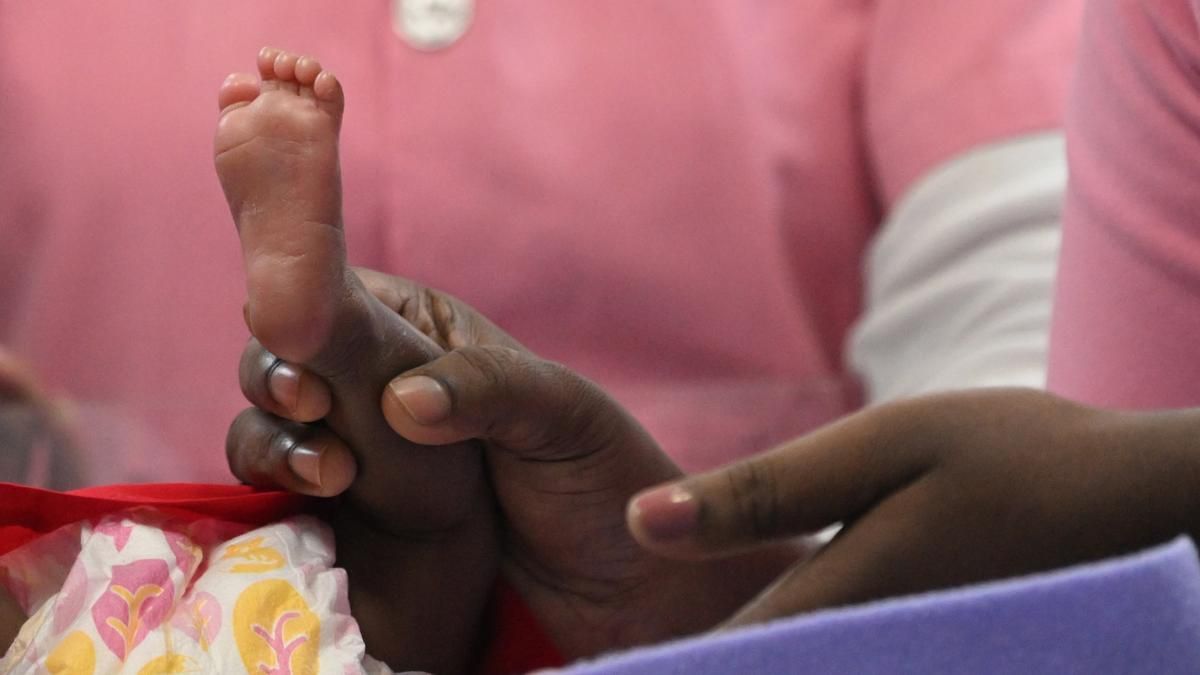India’s latest Maternal Mortality Ratio shows a declining trend

India witnesses a steady decline in Maternal and Child Mortality — SRS 2021 Report affirms progress towards SDG 2030 targets
The latest Sample Registration System (SRS) Report 2021, released by the Registrar General of India (RGI) on 7th May 2025, highlights India’s sustained progress in reducing maternal and child mortality — signaling alignment with the UN Sustainable Development Goals (SDG) 2030.
Key Findings
1. Maternal Mortality Ratio (MMR):
- Declined to 93 per lakh live births (2019–21) from 130 (2014–16) — a 37-point reduction.
- As per The Hindu (May 2025), MMR fell further from 97 (2018–20) to 93 (2019–21).
- Highest MMR recorded in 20–29 years age group, followed by 30–34 years.
- High-MMR States: Madhya Pradesh (175), Assam (167), Uttar Pradesh (151), Odisha (135), Chhattisgarh (132), West Bengal (109), Haryana (106).
States achieving SDG MMR target (≤70):
Kerala (20), Maharashtra (38), Telangana (45), Andhra Pradesh (46), Tamil Nadu (49), Jharkhand (51), Gujarat (53), Karnataka (63).
2. Child Mortality Indicators (SRS Statistical Report 2021):
- Infant Mortality Rate (IMR): declined from 39 (2014) → 27 (2021).
- Neonatal Mortality Rate (NMR): declined from 26 (2014) → 19 (2021).
- Under-Five Mortality Rate (U5MR): declined from 45 (2014) → 31 (2021).
- Sex Ratio at Birth: improved from 899 (2014) → 913 (2021).
- Total Fertility Rate (TFR): stabilized at 2.0 (down from 2.3 in 2014).
States attaining SDG 2030 targets:
- U5MR ≤25: Kerala (8), Delhi (14), Tamil Nadu (14), Jammu & Kashmir (16), Maharashtra (16), West Bengal (20), Karnataka (21), Punjab (22), Telangana (22), Himachal Pradesh (23), Andhra Pradesh (24), Gujarat (24).
- NMR ≤12: Kerala (4), Delhi (8), Tamil Nadu (9), Maharashtra (11), J&K (12), Himachal Pradesh (12).
Global Comparison
- As per UN Maternal Mortality Estimation Inter-Agency Group (UN-MMEIG)Report (2000–2023):
- India’s MMR declined by 23 points between 2020–2023, marking an 86% fall since 1990, surpassing the global reduction of 48%.
- As per UN IGME Report 2024, India’s child mortality reduction (1990–2023):
- U5MR ↓78% (Global ↓61%)
- NMR ↓70% (Global ↓54%)
- IMR ↓71% (Global ↓58%)
Policy & Government Interventions
- Ayushman Bharat: Provides ₹5 lakh annual coverage per family; ensures free institutional delivery, cesarean, diagnostics, and nutritional support.
- Infrastructure strengthening: MCH wings, HDUs/ICUs, Newborn Stabilization Units (NBSUs), SNCUs, and Mother-Newborn Care Units.
- Clinical best practices: Use of antenatal corticosteroids, CPAP, newborn screening for hearing/vision defects.
- Workforce training: Skilled birth attendants, midwives, and ASHA/community health workers.
- Digital health monitoring: Real-time data and surveillance for evidence-based decision-making.
Regional Highlights (Example – Assam)
- Assam’s MMR dropped from 195 → 167, the sharpest fall (28 points) among all states (2019–21).
- IMR declined from 36 (2020) → 34 (2021) — urban IMR (16) vs rural (36).
- CM Himanta Biswa Sarma credited health workers and ASHAs for the improvement.
- Source:
- The Hindu (May 8–9, 2025)
- Registrar General of India, SRS Report 2021
- UN-MMEIG (2023) & UN IGME (2024) Reports
- Press Release, Ministry of Health & Family Welfare, May 2025
Updated - May 09, 2025 10:25 am | The Hindu
India Health Maternal Mortality Ratio Child Mortality Infant Mortality Rate Neonatal Mortality Rate Under-Five Mortality Rate Total Fertility Rate Sample Registration System Registrar General of India Sustainable Development Goals SDG 2030 Public Health Ayushman Bharat UN-MMEIG UN IGME Ministry of Health and Family Welfare Assam Kerala Maharashtra Tamil Nadu Jharkhand Gujarat Karnataka Women Health Child Health Maternal Care Healthcare Infrastructure India Development Indicators UPSC Current Affairs Eminent IAS Notes